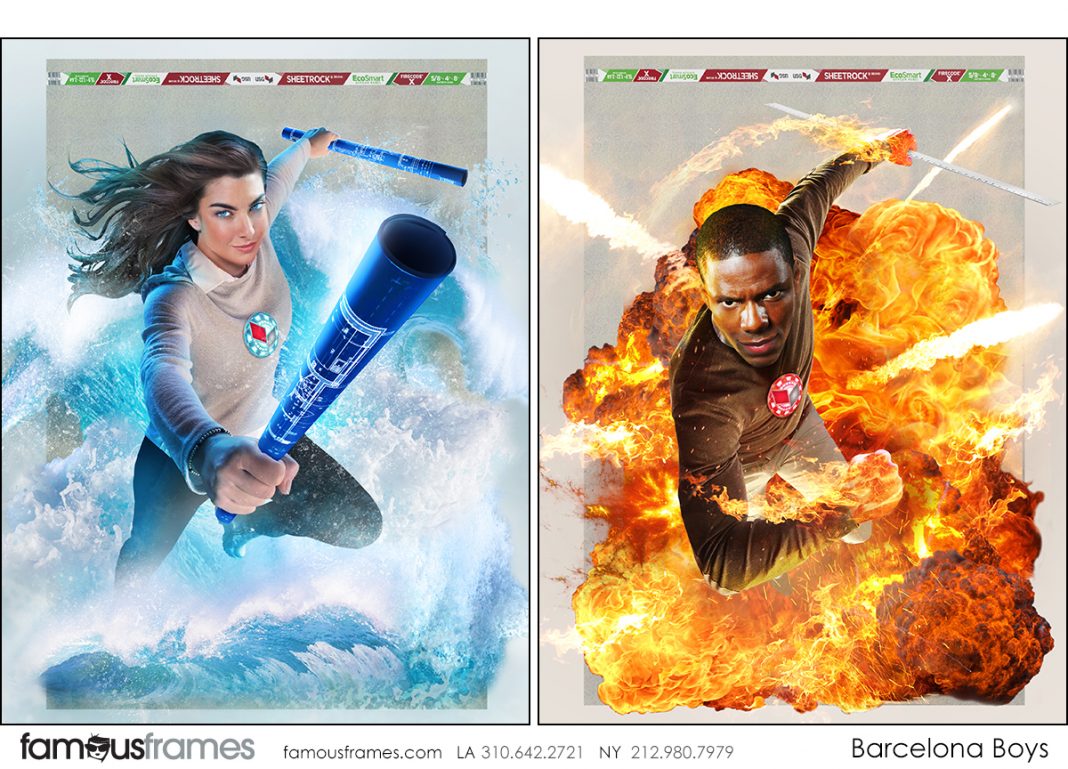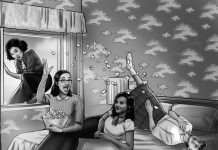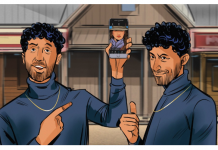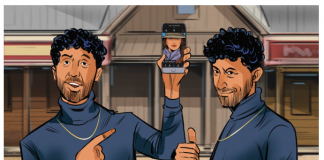In the world of visual storytelling, where every scene and shot plays a crucial role in conveying emotions and narratives, the role of a storyboard artist shines bright. A storyboard artist is a skilled individual who translates the written script into a series of visual frames, essentially sketching out the blueprint of a film, TV show, commercial, animation, or any other visual project. This behind-the-scenes wizardry enables directors, producers, and creative teams to visualize the final product before cameras start rolling.
Benefits of Storyboarding
Beyond its creative aspect, storyboarding brings a plethora of practical benefits to visual storytelling. It assists in budgeting, helping production teams allocate resources efficiently. Moreover, storyboards act as time management tools, ensuring that shooting schedules run smoothly. Furthermore, they guarantee a cohesive vision throughout the project, minimizing misunderstandings and revisions.
What Does a Storyboard Artist Do?
Storyboard artists are like architects of the visual narrative, mapping out the sequence of scenes and shots that will eventually comprise the final project. They work closely with directors, screenwriters, and production teams to capture the essence of the script and bring it to life visually. Through a series of hand-drawn sketches or digital illustrations, storyboard artists create a shot-by-shot breakdown of each scene, capturing camera angles, character expressions, movement, and overall composition. This intricate process helps streamline the production process by giving a clear visual roadmap for everyone involved.
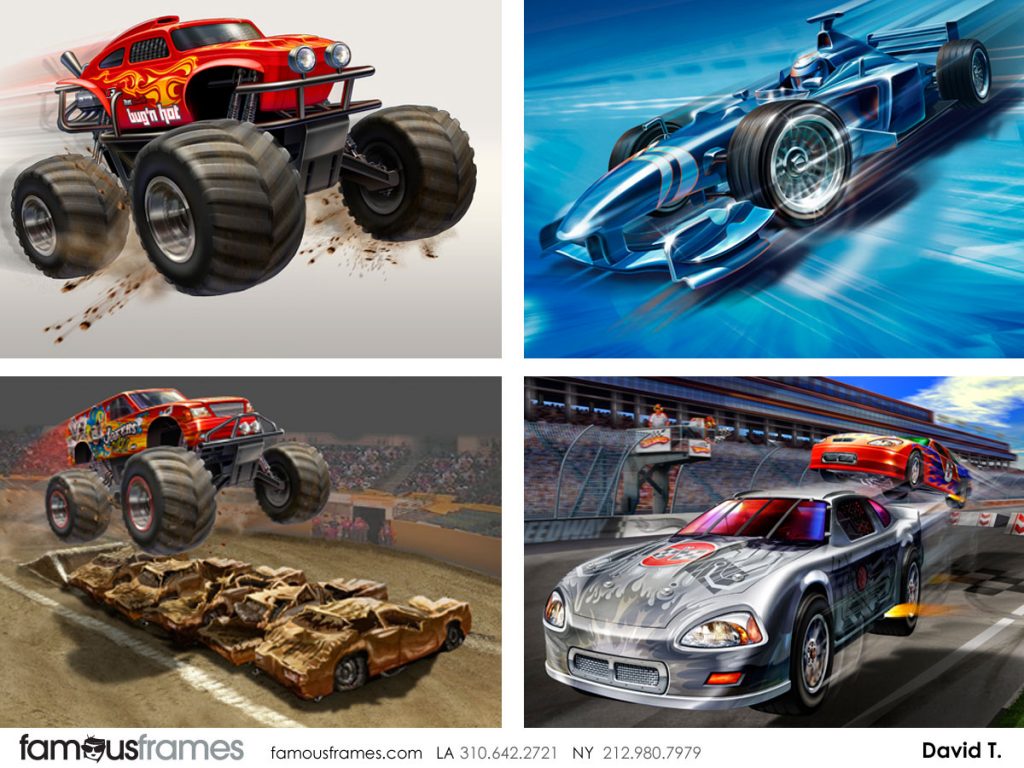
How Much Do You Pay a Storyboard Artist?
The compensation for storyboard artists can vary widely depending on factors like experience, project complexity, industry standards, and location. Freelance storyboard artists or storyboard artist agencies in Los Angeles for example, often charge per frame or project, ranging from $100 to $300 or more per frame. Entry-level artists might start at the lower end of this range, while highly experienced artists with a strong portfolio can command higher rates. In a full-time role, storyboard artists working within the entertainment industry, such as animation studios or film production companies, can earn an annual salary ranging from $40,000 to $100,000 or more, again contingent on factors like experience and the scale of projects they work on.
How Do Storyboard Artists Get Hired?
Storyboard artists can take different paths to land their dream roles. Building a solid portfolio showcasing diverse styles, exceptional storytelling skills, and a keen understanding of visual composition is paramount. Networking within the industry by attending events, workshops, and online communities can also open doors to opportunities. Freelance storyboard artists can promote their work through websites, social media platforms, and job boards. On the other hand, artists seeking full-time positions can apply directly to animation studios, production companies, advertising agencies, and even gaming companies. Demonstrating adaptability to different genres, an ability to work collaboratively, and a passion for storytelling will set storyboard artists apart during the hiring process.

Evolution of Storyboarding
Storyboarding has a rich history that has evolved alongside the film and entertainment industry. What began as rudimentary sketches on paper has transformed into a blend of traditional artistry and digital wizardry. Advancements in technology have empowered storyboard artists with digital tools, allowing for greater precision and flexibility in their work. Today, storyboards are not only essential in film but also in advertising, video games, and even virtual reality experiences
Are Storyboard Artists in High Demand?
Yes, storyboard artists are indeed in high demand. In the age of digital media and diverse visual content, the need for skilled storyboard artists has grown significantly. Their pivotal role in visualizing stories, aiding pre-production planning, and streamlining the creative process has made them indispensable to the entertainment and advertising industries. Animation studios, film production companies, advertising agencies, and gaming companies are constantly looking for talented storyboard artists who can contribute to creating compelling visual narratives.

Possible Career Paths for a Storyboard Artist
While the core role of a storyboard artist remains consistent, the realm of opportunities branching out from it is vast. Here are a few avenues that storyboard artists often venture into:
- Animation & Film: This is the most recognized avenue. Here, storyboard artists work closely with directors and animators, setting the visual tone for movies, TV shows, or animated series.
- Advertising: Every captivating ad begins with a compelling storyboard. In this industry, artists work on tight deadlines, translating brand messages into engaging visual tales.
- Video Games: With gaming narratives becoming increasingly intricate, storyboard artists help visualize game scenarios, character interactions, and pivotal plot points.
- Freelancing: Many storyboard artists opt for the flexibility of freelancing, collaborating with diverse clients on varied projects.
- Evolving Roles: As one gains experience, they might transition into roles like directing, where they can steer the entire visual narrative or delve into concept artistry, focusing on crafting detailed environments or characters.
The Average Day of a Storyboard Artist
Every day in the life of a storyboard artist is a blend of creative exploration and meticulous planning. Typically, the day kicks off with a team meeting or a session with a director, which is where the artist understands the vision and requirements of a particular scene or sequence. Armed with this clarity, the artist then delves into sketching out the initial frames, breathing life into the narrative.
Throughout the day, the artist juggles between drafting scenes, making revisions based on feedback, and possibly collaborating with animators to ensure the story translates seamlessly into motion. Every sketch is a balance — it’s about capturing the essence of the story while staying true to a project’s requirements. Of course, challenges arise, whether it’s visualizing a complex scene or making last-minute changes. Yet, for the storyboard artist, these challenges often morph into opportunities for innovation.
Emerging Trends and Technologies in Storyboarding
Digital Transformation
The advent of digital technology has revolutionized the field of storyboarding. Today, artists can access various software and tools for more detailed and dynamic storyboards. For instance, programs like Storyboard Pro and Photoshop have enabled artists to create more intricate and visually appealing storyboards faster than traditional methods. These digital tools also facilitate easier revisions and collaboration among teams.
Interactive Storytelling
As media becomes more interactive, storyboarding has adapted. In video games and virtual reality, storyboards are not just about linear storytelling but creating a world that players can explore. These mediums demand a different approach to storyboarding, focusing more on the environment and less on specific shots.
Industry Expert Opinions
Leading figures in the industry share their insights on these changes. A veteran animator from a major gaming studio highlighted the increasing importance of storyboards in creating immersive gaming experiences. They also predicted a growing demand for storyboard artists skilled in 3D modeling and virtual environments.
Educational Resources
Several resources are available for those interested in keeping pace with these advancements. Online platforms like Coursera and Udemy offer courses in digital storyboarding and animation. Industry conferences and workshops also provide opportunities to learn about emerging trends and network with professionals.
By staying informed about these developments, storyboard artists can remain at the forefront of an ever-evolving industry, equipped to tell stories in new and exciting ways.
Importance of Continuous Learning
In the ever-evolving world of visual storytelling, staying updated is non-negotiable for a storyboard artist. As animation techniques evolve and storytelling mediums diversify, continuous learning becomes the key to adaptability.
Artists should consider attending workshops, industry conferences, or enrolling in specialized courses that not only enhance technical prowess but also broaden their understanding of narrative techniques and industry trends. Platforms like Coursera, Udemy, or even specialized art schools regularly offer courses tailored for storyboard artists. Beyond formal education, staying connected with the storyboard community, participating in forums, or simply practicing regularly can make a world of difference.
Remember, every frame sketched and every story visualized is an opportunity to learn and grow. Embrace it.
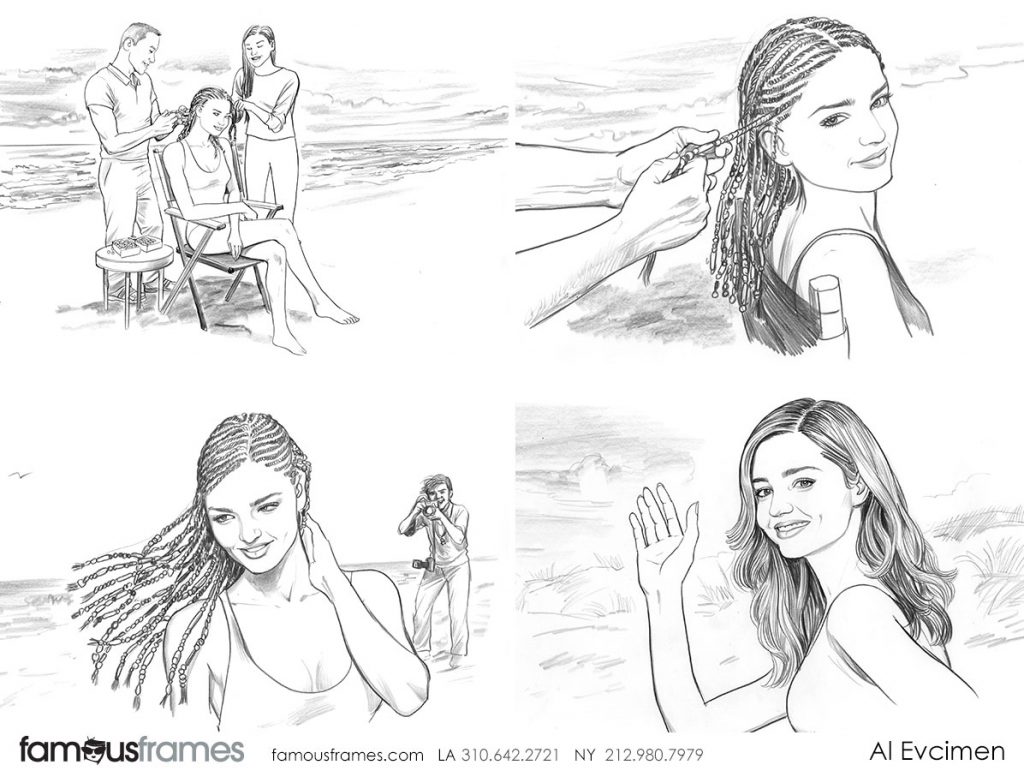
Quotes from Industry Experts
To shed light on the significance of storyboard artists, let’s hear from industry experts:
- John Brown, an acclaimed filmmaker, states, “Storyboard artists are the backbone of my creative process. Their ability to turn words into visuals is unparalleled.”
- Sarah Garcia, a renowned screenwriter, adds, “Collaborating with storyboard artists breathes life into my scripts. Their interpretations often bring unexpected brilliance to the narrative.”
Wrapping it All Up
In visual storytelling, storyboard artists bridge the written word and the visual spectacle that captivates audiences. Through their artistry and creativity, they meticulously plan each frame, angle, and expression, breathing life into scripts and setting the stage for captivating productions. With a combination of artistic skill, storytelling prowess, and a passion for collaboration, storyboard artists play an integral role in bringing stories to life on screens, both big and small.
In conclusion, storyboard artists are the silent architects of our visual storytelling experience. They are the secret ingredients that transform words into vibrant, living worlds. As you’ve embarked on this journey to understand their role, remember that their magic lies in their ability to transport us into new realms of imagination and emotion. If their craft inspires you, consider exploring the world of visual storytelling further. Perhaps you, too, will someday wield the storyboard artist’s pen and create the next unforgettable scene in cinematic history.

